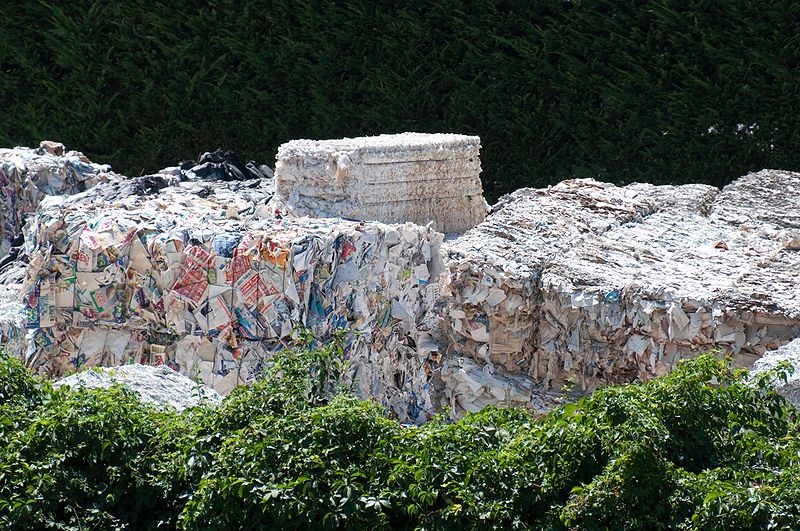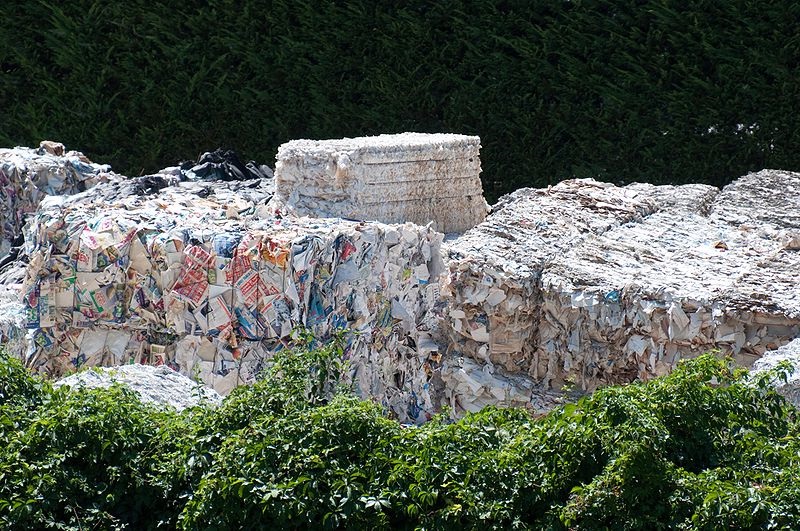Recycled paper is unnecessary because there are more trees now than there were in the past. It also is poor quality and breaks office equipment. Did you hear recycled paper is also trying to achieve world domination? While you may have rolled your eyes at the last “fact” about recycled paper, did you know the first two statements are two of several common myths about recycled paper? While recycled paper is not really some malicious force trying to take over the world, with more help, it could substantially help maintain water resources, save energy, and lessen pollution.
Recycled paper has a long history, dating back 2,000 years ago to China, when people switched from using silk, to “paper” made of rags, old fishing nets, hemp, and China grass. This “paper” went through changes over the years, with the help of many different groups. The use of linen to make paper can be attributed to Arabs, which was then replaced by cotton rags in 18th century Europe. For years, parchment was also the “paper” of choice, but a lack of resources made it a poor choice, which was quickly replaced, with the advent of the printing press. Although at first, there were plenty of resources (forests and water) for settlers in North America to draw from, we live in a different time now, in which these resources are no longer unlimited, meaning we much look into recycling what can be reused.
In order to save resources, using recycled paper has been commissioned as an additional option to chopping down trees. Although it is true that there are now more trees than there have been since the 1940’s, we can’t overreact and deplete this extra growth. Also, if those in the paper industry are replacing the forests with planted trees, they may be giving back the trees, but they can’t return the forest’s natural biodiversity. Recycled paper also saves valuable resources, including water and energy, and saves over three cubic feet of landfill space for every two thousand pounds of paper collected for recycling. Additionally, recycled paper often requires less bleach, since the original paper was bleached beforehand, which lessens the amount of toxic water pollution that the chlorine in bleach normally causes. Recycled paper is even able to conserve resources while still matching the quality and function of virgin paper. When used in office settings and various equipment (i.e. printers, copiers, etc.), recycled paper that was made of 30 percent post-consumer recycled content, held up as well, if not better than virgin paper.
While recycled paper can seem all rosy and green, it’s not perfect. The same paper cannot be recycled indefinitely; it can be used about five to seven times before it wears out too much to reuse. Also, while using recycled paper conserves energy, water, and oil, it produces a sludge byproduct (during the deinking process). Some of this sludge has ended up in the same landfills that were trying to be spared by the recycling process. However, some recycling plants are now trying to use the sludge to serve as an energy source, instead of dumping it into landfills. Producing recycled paper may not be a perfect process, but the down and dirty truth is that it’s the greenest option currently available, so remember to purchase recycled paper and don’t neglect your blue bins.


The valuable blog article, it was quite an interesting nice work. I want to thank you for this informative read about recycled paper and it’s true that sometimes we get confused with our old document and say that how can shred these? But there are some shred companies have to help us.